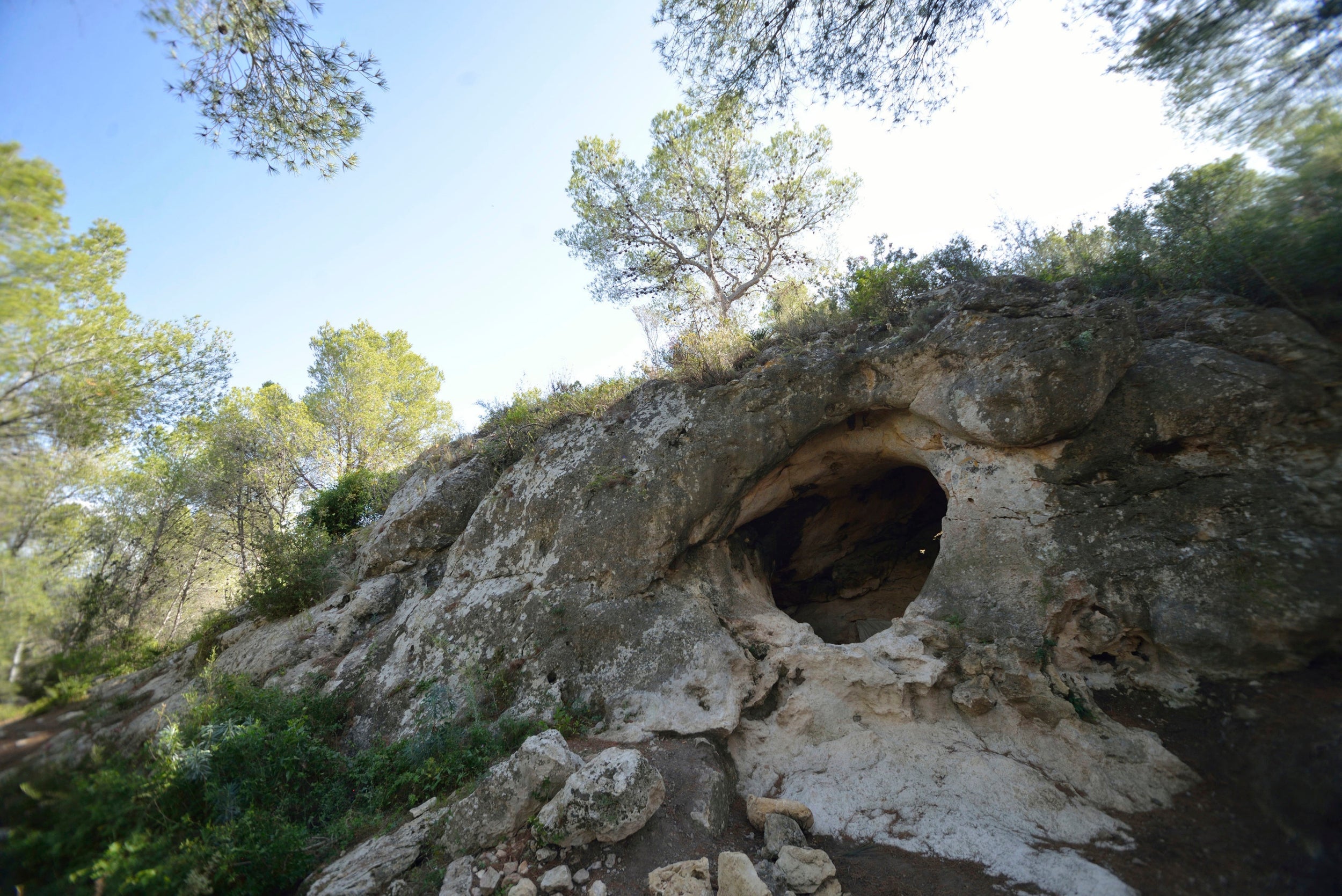‘Last necklace made by Neanderthals’ discovered by archaeologists in Spain
Claw from endangered Spanish imperial eagle is around 40,000 years old and was used in jewellery
Your support helps us to tell the story
From reproductive rights to climate change to Big Tech, The Independent is on the ground when the story is developing. Whether it's investigating the financials of Elon Musk's pro-Trump PAC or producing our latest documentary, 'The A Word', which shines a light on the American women fighting for reproductive rights, we know how important it is to parse out the facts from the messaging.
At such a critical moment in US history, we need reporters on the ground. Your donation allows us to keep sending journalists to speak to both sides of the story.
The Independent is trusted by Americans across the entire political spectrum. And unlike many other quality news outlets, we choose not to lock Americans out of our reporting and analysis with paywalls. We believe quality journalism should be available to everyone, paid for by those who can afford it.
Your support makes all the difference.An ancient eagle toe bone discovered in Spain shows signs it was worked on by humans and may have been a part of a “last necklace made by the Neanderthals”, archaeologists have said.
The bone, thought to have come from the left leg of the Spanish imperial eagle, a now endangered species, was discovered in 2015 by researchers working inside the Foradada Cave in Calafell, a village in the province of Tarragona.
The use of talons in Neanderthal jewellery was a practice which first spread around southern Europe as early as 120,000 years ago.
But the team said the claw remnant is around 40,000 years old – much younger than previous examples – and towards the end of the Neanderthals’ rein, before they died out.
It is the “most recent known use of talons for adornments by Neanderthals”, and it is also the first to be found on the Iberian peninsula.
The find comes from the chatelperronian culture, typical from the last Neanderthals that lived in Europe, and coincided with the moment when this species would have first encountered our species, Homo sapiens, from Africa.
The scientists said the find contributes to “the scarce evidence that ancient humans used animal parts for symbolic purposes as opposed to practical ones”.
The finding adds to the growing evidence of sophistication within this species, which was once thought to have no symbolic culture at all.

Eagle talons have previously been found at Neanderthal sites across Europe and past research has suggested these ancient humans may have used seashells as beads to convey ideas such as social status or rank with symbolic objects.
Antonio Rodriguez-Hidalgo, a researcher at the Institute of Evolution in Africa (Idea) in Madrid and study leader, said: “Neanderthals used eagle talons as symbolic elements, probably as necklace pendants.”
The researchers used 3D computer modelling to analyse the cut marks on the talon and radiocarbon dating methods to determine its age.
They found that the deep marks on the artefact showed evidence of “anthropic manipulation” indicating they had been made by an ancient human with a tool.
Mr Rodriguez-Hidalgo believes the talon may have featured in “the last necklace made by the Neanderthals”.
Juan Ignacio Morales, a researcher at the University of Barcelona and one of the study authors, goes as far as to say that the use of eagle claws as ornaments “could have been a cultural transmission from the Neanderthals to modern humans, who adopted this practice after reaching Europe”.
Claw bones from birds of prey have been unearthed at various Neanderthal sites over the years but the oldest ones, found in Croatia, date back to about 130,000 years ago, predating the arrival of modern humans.
The Croatia talons are now regarded as the earliest known symbolic Neanderthal artefact.
The research is published in the journal Science Advances.
Additional reporting by PA

Join our commenting forum
Join thought-provoking conversations, follow other Independent readers and see their replies
Comments